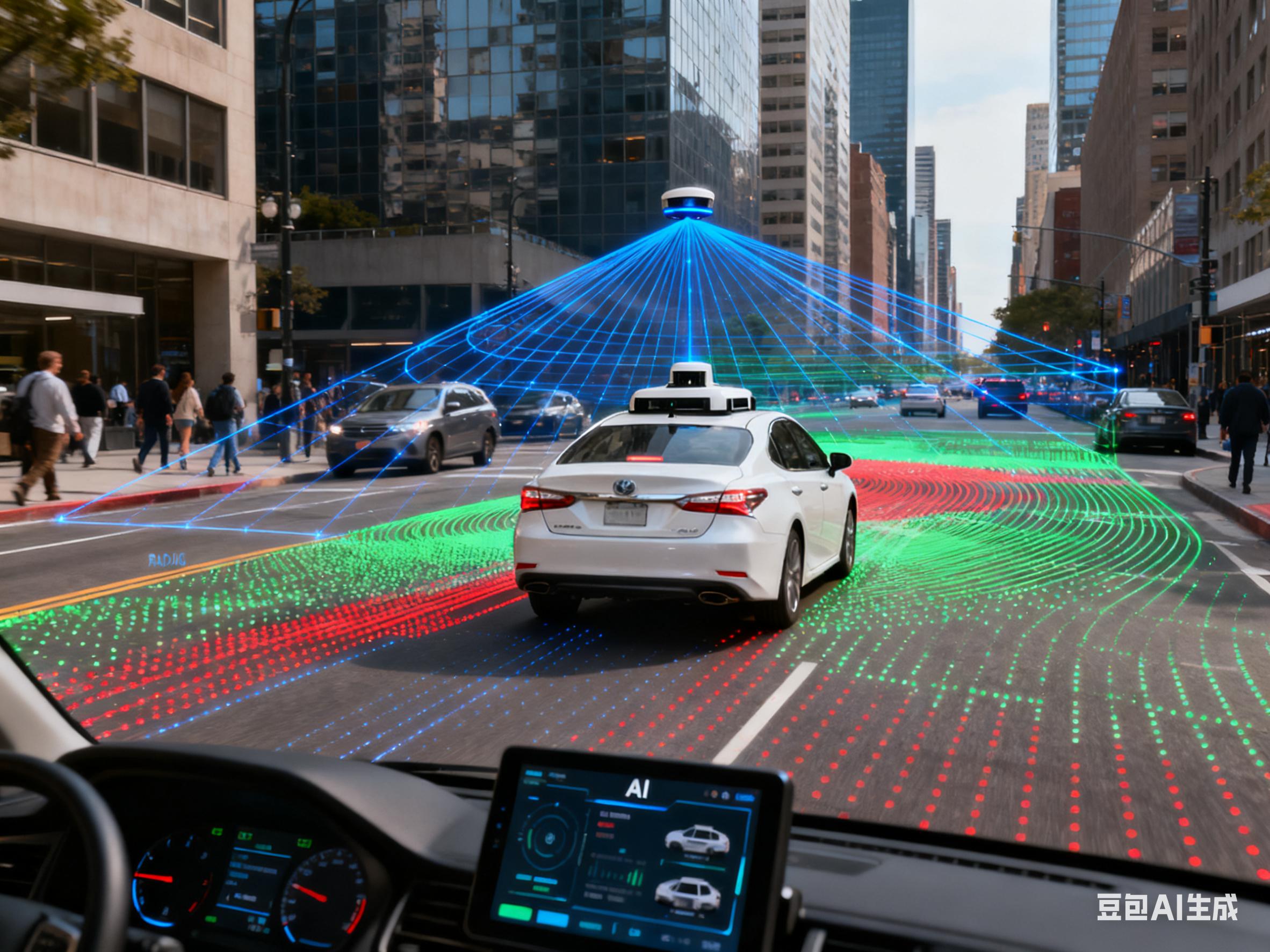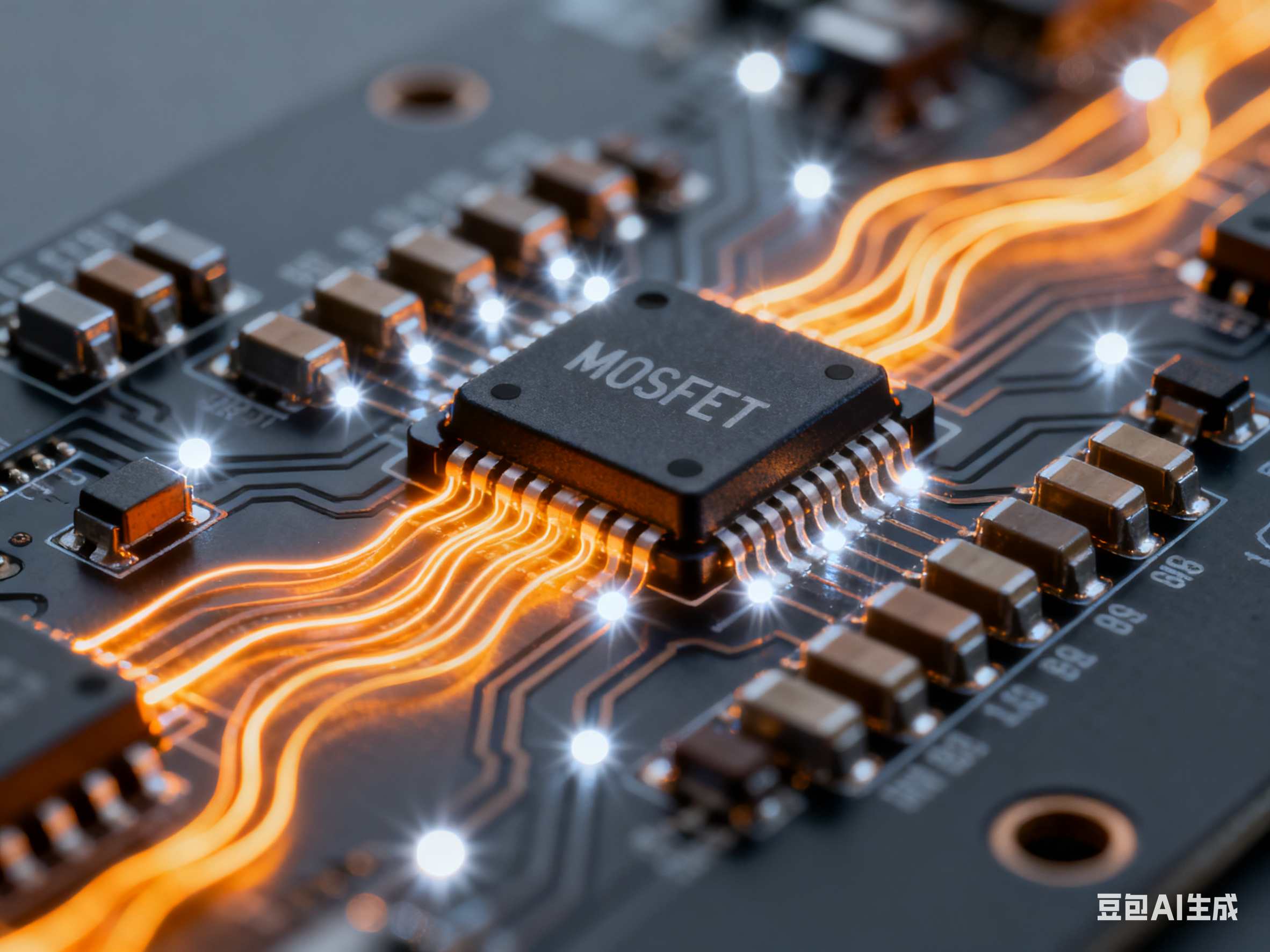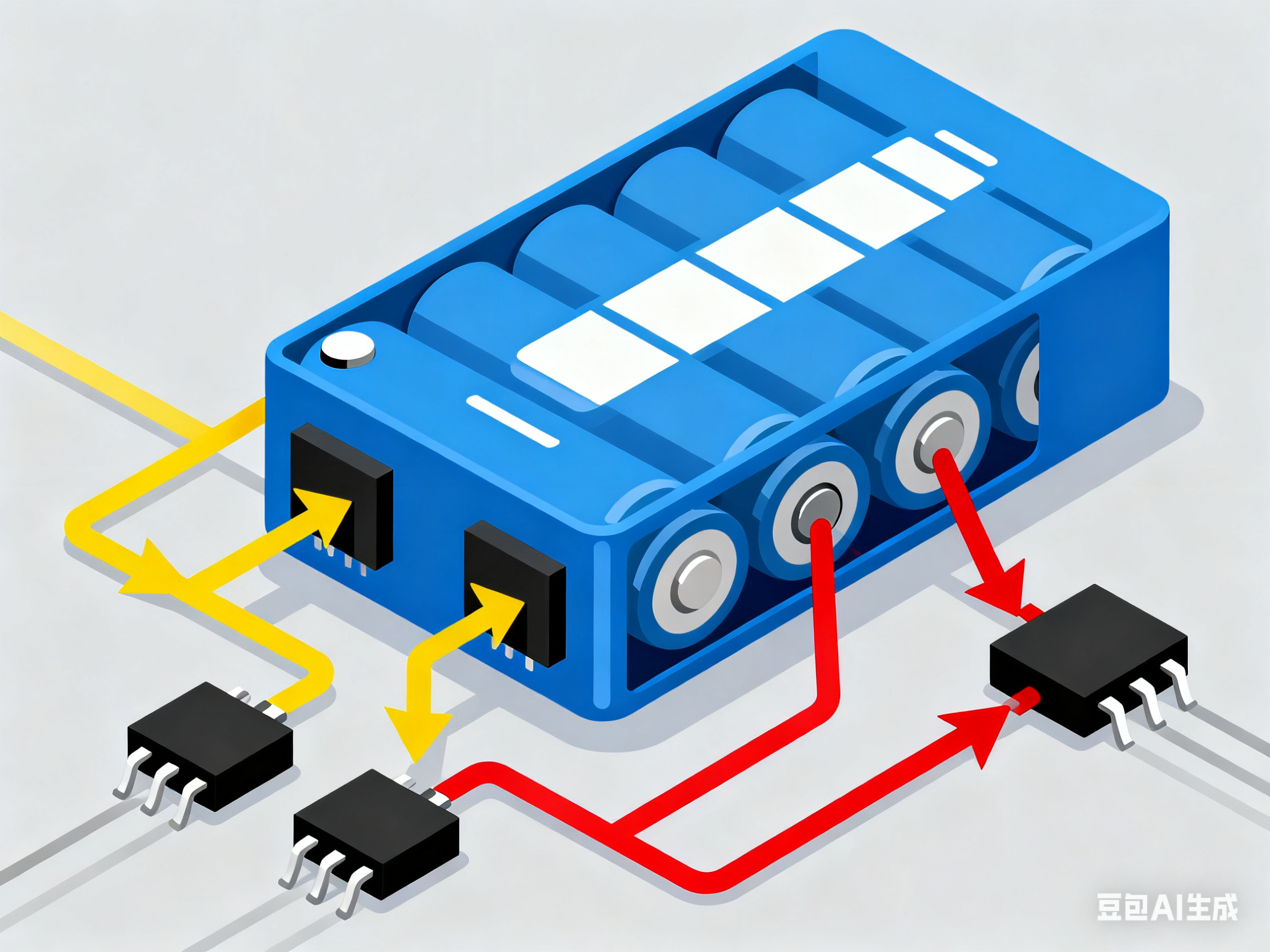“Every autonomous vehicle relies on millions of data points—and the tiny transistors silently controlling the flow of power behind the scenes.”
Article
Self-driving cars aren’t just the stuff of sci-fi anymore—they’re real, navigating streets, dodging obstacles, and learning in real time. But beneath the flashy sensors and sophisticated AI lies a less glamorous hero: the MOSFET (Metal-Oxide-Semiconductor Field-Effect Transistor).
Hackers, engineers, and EV enthusiasts alike might be fascinated by LiDAR scans or neural networks, but MOSFETs are the silent enablers making every acceleration, brake, and turn possible. These tiny power switches convert energy with incredible speed and efficiency, keeping the vehicle responsive and safe.

How MOSFETs Fit Into Autonomous Vehicle Systems
Autonomous vehicles rely on a web of sensors—LiDAR, cameras, radar—to gather data constantly. AI algorithms crunch this data to make split-second decisions. But the vehicle’s brain is nothing without a nervous system: the power electronics controlled by MOSFETs.
Here’s where they matter most:
-
Electric Motor Control
MOSFETs act as high-speed switches in the motor controllers, enabling precise torque adjustments and regenerative braking. In crowded city streets or sudden traffic stops, their performance is critical for smooth, safe driving. -
Battery Management Systems (BMS)
High-capacity lithium-ion packs power most autonomous vehicles. MOSFETs in BMS circuits regulate charge and discharge, preventing overcurrent or overvoltage. They’re responsible for keeping batteries healthy while safeguarding passengers. -
DC-DC Conversion & Auxiliary Power
From powering LiDAR modules to cameras and radar, MOSFET-based DC-DC converters deliver stable, high-efficiency power. Without them, sensor misreads and system hiccups could compromise safety.

Safety, Efficiency, and the Role of MOSFETs
Every autonomous car on the road aims to reduce accidents—but the AI and sensors alone aren’t enough. MOSFETs act as executors, ensuring motors react instantly in emergencies and high-voltage circuits shut down when anomalies are detected.
In short, every smooth turn and safe stop is enabled by these microscopic power heroes.
Looking Ahead: MOSFETs in Next-Gen Autonomous Vehicles
As self-driving technology pushes toward SAE Level 5, MOSFETs will need to handle:
-
Higher voltages and currents
-
Faster switching frequencies
-
Complex thermal and energy management

Future EVs may rely on even more advanced MOSFET architectures, including silicon carbide (SiC) or superjunction MOSFETs, for greater efficiency and reliability.
Autonomous cars may steal the spotlight, but MOSFETs are quietly shaping the future of transportation, powering every system from motor drive to sensor arrays.
Conclusion
For engineers, hackers, and EV enthusiasts exploring autonomous systems, MOSFETs are an unsung yet essential component. Next time you see a self-driving car glide by, remember: every transistor inside is a tiny hero making autonomy possible.
#MOSFET #AutonomousVehicles #EVTech #BatteryManagement #MotorControl #DCtoDC #SiCMOSFET #PowerElectronics #SelfDrivingCars #ElectronicsHack #EngineeringTips #SmartMobility #RegenerativeBraking #EmbeddedSystems #EVSafety
 MOSFET
MOSFET
Discussions
Become a Hackaday.io Member
Create an account to leave a comment. Already have an account? Log In.